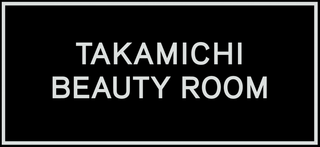
Will Blow Drying Hair Damage It
Despite widely-held beliefs, the rules for drying your hair aren’t so cut-and-dry. Because while air-drying does have some benefits, blow-drying with heat can be helpful for your hair, too. It’s simply a matter of knowing what to do and when.
But before we get to matters of drying, consider how you wash your hair. “People misunderstand the amount of shampoo they need to use,” says Takamichi Saeki, who recommends using just a quarter-sized dollop. And instead of rubbing the product in, he says to massage it only into the scalp. And why? He explains, “The goal of shampoo is to keep the scalp clean, but not dry out the ends.”
So how to dry hair without damaging it? After washing, be very careful. “Hair is most fragile when it’s wet, so never sleep in it,” advises Takamichi. Since wet hair is extra elastic and more susceptible to damage, drying it efficiently and properly is key. Use a microfiber towel from Aquis, which dries hair up to 50% faster than conventional towels, therefore minimizing the time when hair is wet and most prone to breakage. No matter what, though, never rub wet hair with a towel. Instead, gently blot and squeeze to absorb excess moisture.
When it comes to brushing, be gentle and enlist the help of a quality cushion brush with natural bristles, like this one from Shoji Works. “Natural bristles are great, as they distribute hair’s natural scalp oil from the roots to the ends,” explains Takamichi. Have especially frizzy locks? Then use a bit of Takamichi’s new Conditioner ICHI.1 to help smooth it out.
Now, if your schedule permits, air-dry naturally. But if you need to be out and about right away, blow-dry on low heat. Gradually drying hair at a lower temperature is far healthier than blasting it with high heat, and helps seal cuticles to encourage a lustrous shine.
